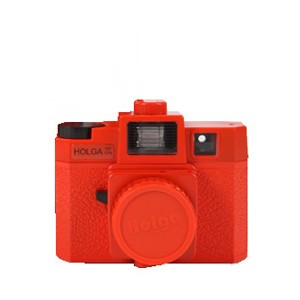The filter frenzy movement began long before the rise of Instagram. The allure of gauzy vignettes, trailing light leaks and ethereal color existed as defected perfection through the eye of a small plastic camera called the Holga.
Both a tacky camera and the most recent wave in the arts movement,the Holga is gaudy, intriguing and relatively cheap. Developed in Hong Kong in 1982, by T. M. Lee, the camera was originally designed as cheap alternative for the working class.
Using the common 120 millimeter film at that time, the camera made photography available for the masses as a precursor of sorts to the functions of modern day Instagram.
Still cheap and attainable, the Holga is now the source of much artistic exploration and photographic ingenuity. Various international photography competitions, galleries and groups analyze and expound upon the work produced by this hunk of plastic.
An entire movement has developed in the wake of these kinds of cameras. Known as “lomography,” the devoted community is made up of experimental analogue photographers — in more simple terms, plastic camera aficionados. The movement emerged in the Austrian photography scene during the early ’90s, when artists began to discover the whimsical characteristics of similar toy-like cameras.
The Holga is the original tool in photographic obscurity. Hip even in terms of today’s trending photography visions, the camera has only escalated in popularity since its stateside debut. And since its inclusion in Urban Outfitters’ merchandise lineup, the cult classic has taken a turn for the mainstream.
The Holga has proven timeless, and it continues to reign as the supreme camera for the poor and artsy. A tool in counter-culture defiance, it has ignited a visual movement against the lavish and complicated cameras of today.
Plastic is oddly iconoclastic. Constructed with the bare minimum required for functionality, the plastic camera facilitates imperfections on film that might otherwise be considered fatal. The resulting photographs are often riddled with sun spots, color distortions and overlap, are softly unfocused and unpredictably otherworldly.
Simplifying life through pictures, the plastic camera is the greatest tool for seeing striking imperfection. The hip medium format camera allows users to peer through its eyepiece into a life of simplicity and unpredictability.
Derived from the term “ho gwong,” meaning “very bright,” the Holga turns camera fatalities into art, and is as much a tool for getting a new perspective on life as it is a cheap toy camera.









